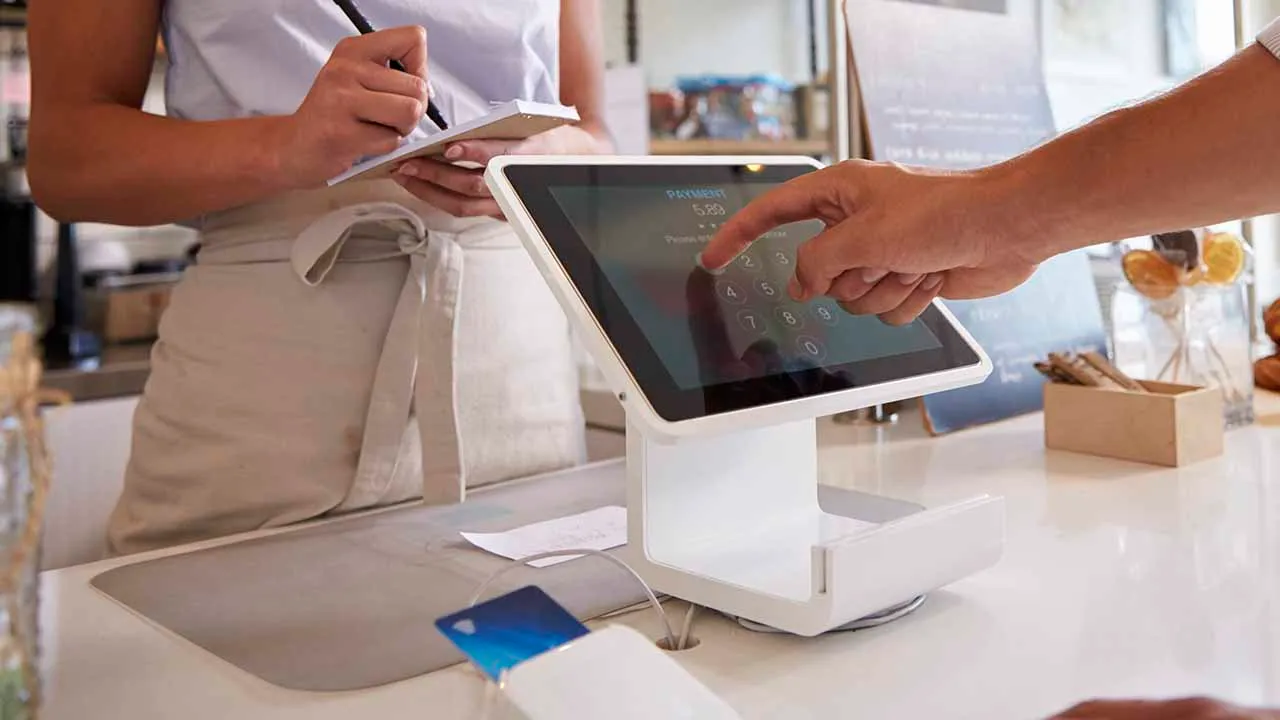In recent years, the concept of tipping has evolved significantly, especially in the context of various industries. One of the prominent trends that have emerged is the use of digital tip screens. These screens allow customers to easily add gratuity to their bills at restaurants, coffee shops, bars, and other service-oriented businesses. This article delves into the concept of tip screens, their benefits, drawbacks, and their impact on the service industry.
What is a Tip Screen?
A tip screen is an electronic device or interface integrated into point-of-sale (POS) systems, enabling customers to select a gratuity amount when completing their transactions. Typically found in restaurants, cafes, and bars, these screens display suggested tip percentages—usually 15%, 20%, and 25%—alongside a custom amount option. Customers can simply tap their preferred gratuity level before finalizing their payment.
Evolution of Tipping
To understand the significance of tip screens, it’s essential to look at the history and evolution of tipping. Traditionally, tipping was a way for patrons to express appreciation for good service. However, with the rise of digital payment methods and the cashless economy, the tipping culture has undergone a transformation.
In recent years, studies have shown that tips have become an essential component of income for many service workers. The implementation of tip screens has contributed to a more systematic approach to tipping, facilitating the process for customers while also addressing the financial needs of employees.
The Benefits of Tip Screens
1. Ease of Use
One of the most significant advantages of tip screens is their ease of use. Customers can quickly select a tip amount without the need for cash, which is especially beneficial in a cashless society. The clear interface and prominent display of suggested tip percentages make it convenient for patrons to add gratuity without any hassle.
2. Increased Tips
Several studies and surveys have indicated that the implementation of tip screens often results in increased gratuity amounts. By providing suggested percentages, customers are more likely to tip above what they might have traditionally offered. This increase can be attributed to several factors, including:
- Social Norms: Seeing preset percentages can create a sense of social expectation to tip at least the suggested amount.
- Psychological Cues: The ease of selecting a percentage may encourage patrons to tip more generously than they would if they had to calculate it manually.
3. Transparent Transactions
Tip screens foster transparency in the tipping process. Customers can see how much they are tipping and understand that their gratuity goes directly to the service staff. This transparency can build trust between customers and employees, enhancing the overall dining or service experience.
4. Enhanced Payment Processing
Incorporating tip screens into the POS system streamlines the payment process. Customers can finalize their payments quickly, reducing wait times and enhancing overall service efficiency. This speed can improve the flow of business, particularly in high-volume establishments.
5. Adaptability
Tip screens can be customized to reflect the branding of the establishment. Whether a coffee shop, a fine dining restaurant, or a casual eatery, businesses can tailor the interface to match their image, creating a more cohesive customer experience.
The Drawbacks of Tip Screens
1. Customer Discomfort
While tip screens can facilitate increased gratuities, they can also lead to discomfort among some customers. Not everyone may feel comfortable with the digital tipping process, and some may prefer the traditional method of leaving cash. Additionally, the expectation to tip more may create pressure for customers who are already budget-conscious.
2. Potential for Automation Bias
Automation bias occurs when individuals over-rely on automated systems. In the context of tip screens, this may mean that customers blindly select the highest suggested tip without considering the level of service they received. This reliance on technology can detract from the personalized nature of tipping, which has traditionally been a reflection of service quality.
3. Costs to Businesses
While tip screens can increase tips, they also require investment in technology and maintenance. Smaller businesses, in particular, may find it challenging to afford the initial costs associated with installing and integrating these systems into their existing POS infrastructure.
4. Unintended Consequences
The introduction of tip screens can have unintended consequences on employee morale. For example, if customers consistently opt for the lowest suggested tip, employees may feel undervalued despite their efforts to provide excellent service. Balancing customer expectations with employee satisfaction is crucial for maintaining a healthy work environment.
The Impact of Tip Screens on the Service Industry
1. Changing Customer Expectations
With the rise of tip screens, customer expectations around tipping are shifting. More patrons now anticipate the convenience of electronic tipping, and businesses that do not offer this option may be viewed as outdated. As technology continues to evolve, establishments must adapt to meet these changing expectations.
2. Shift in Employment Practices
The implementation of tip screens can lead to changes in employment practices within the service industry. Employers may feel pressure to increase wages for staff if tips do not meet expected levels, or they may choose to pass costs onto customers through service charges. These shifts can significantly impact how businesses operate and how employees are compensated.
3. Cultural Differences in Tipping
It’s essential to recognize that tipping customs vary significantly across different cultures. While tip screens have become popular in many Western countries, their acceptance and usage may differ in regions where tipping is not customary. Businesses operating in multicultural environments must navigate these differences carefully.
Future Trends and Innovations
1. Integration with Loyalty Programs
As businesses increasingly adopt technology-driven solutions, there is potential for integrating tip screens with loyalty programs. For example, customers could earn rewards points for tipping, creating an incentive to give more while also enhancing customer loyalty.
2. Advanced Analytics
The data generated by tip screens can provide businesses with valuable insights into customer behavior. By analyzing tipping patterns, establishments can identify trends, tailor their services, and make informed decisions about staffing and training.
3. Customizable Tipping Options
Future developments may lead to more customizable tipping options on digital screens. For example, businesses might allow customers to specify a custom percentage based on their experience or even introduce a feedback mechanism where patrons can rate their service before tipping.
Conclusion
Tip screens represent a significant evolution in the culture of tipping within the service industry. While they offer numerous benefits, including convenience and increased gratuity, they also come with challenges that businesses and customers must navigate. As technology continues to advance, the future of tipping may hold even more innovations that reshape how gratuity is perceived and given.
By understanding the implications of tip screens, stakeholders in the service industry can make informed decisions about their implementation and management, ensuring that both employees and customers have positive experiences. The tipping culture is likely to continue evolving, and businesses must stay ahead of these changes to thrive in an increasingly digital world.



